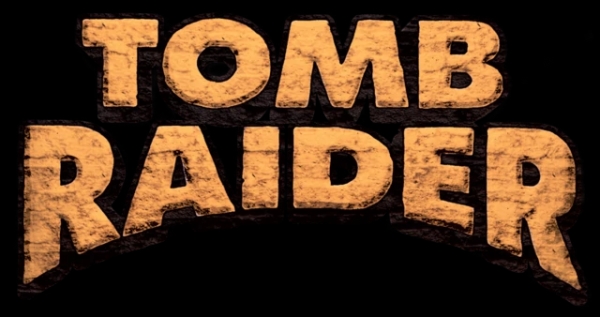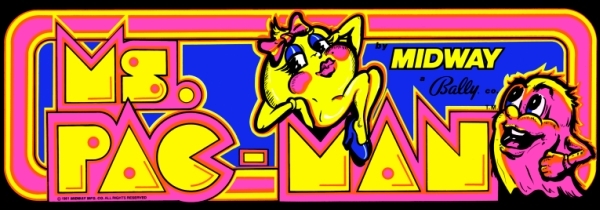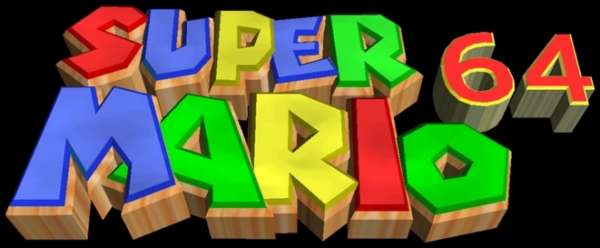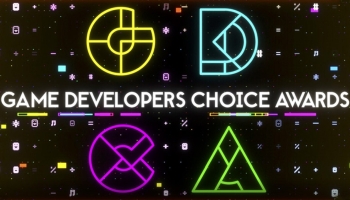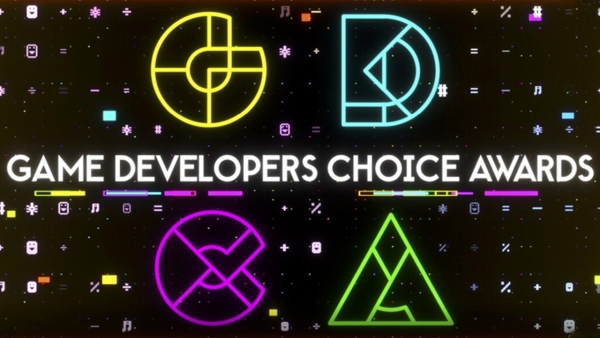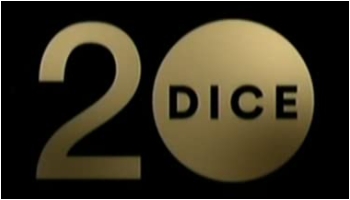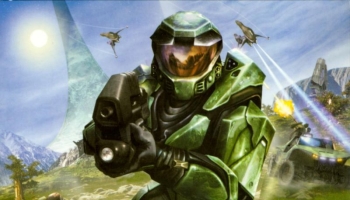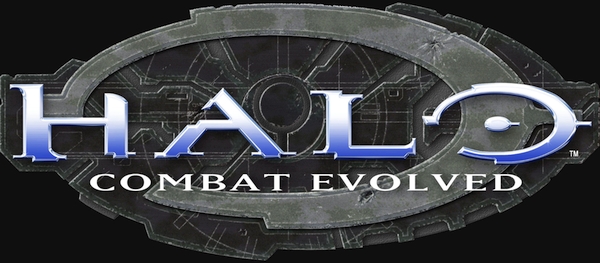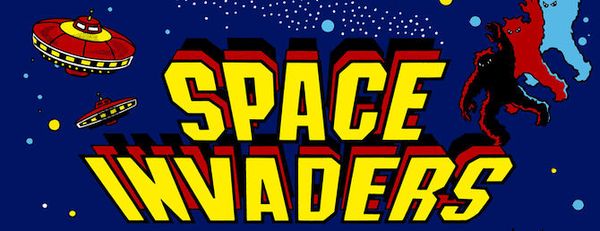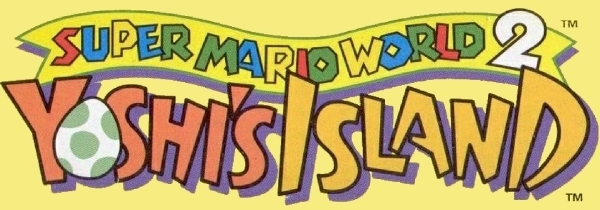
The latest VGC Essay examines the validity (or lack thereof) of the Madden Cover Curse. Here’s a teaser…
A gambler will tell you that they believe Lady Luck will reward them for respecting a streak, and a professional football player will tell you that he doesn’t believe in the Madden Curse. The former is a wishful thinker, and the latter is a liar.
The sports world is filled with superstitions. As a Little Leaguer growing up, I could show you what a “rally cap” was and explain the importance of never touching the baselines. I understood completely why retired Detroit Tigers manager Jim Leyland refused to change his underwear during a 12-game winning streak in 2011. I’ve even got strong opinions on what you say to a pitcher in the middle of a perfect game. The answer is you don’t say anything, because talking to him at all is bad luck.
For decades, the Sports Illustrated Cover Jinx served as a well-known precursor to the Madden Curse. Those who believe in the Jinx are convinced that any player who appears on the cover of Sports Illustrated will experience some form of terrible luck, even though a handful of high-profile hits have obscured the long list of players who avoided the Jinx over the years. If the sheer number of cover subjects doesn’t dissuade you (more than 3,000 issues have been produced since the magazine’s launch in 1954), the illustrious career of Michael Jordan should. The basketball great has appeared on the cover of Sports Illustrated a record 50 times, and he’s had the kind of career that other athletes dream about… not counting his detour through Minor League Baseball and Space Jam.
But what of the Madden Curse? Although you’ll find a few executives at Electronic Arts who enjoy hyping up the current year’s game with talk of the Curse, most of them like to downplay it. In 2008, the then-President of EA Sports, Peter Moore, said, “I guess when you look back there’s a grain of truth to the Madden Curse.” At the time, he wasn’t wrong. Five of the last six offensive players on the cover succumbed to some horrible calamity. The publishing giant even considered producing a movie based on the Madden Curse in 2010, though that project seems to have fallen off the radar in the years since.
And that’s probably because the Madden Curse is as mythical as a wild turducken.
Continue Reading the Full Essay →



